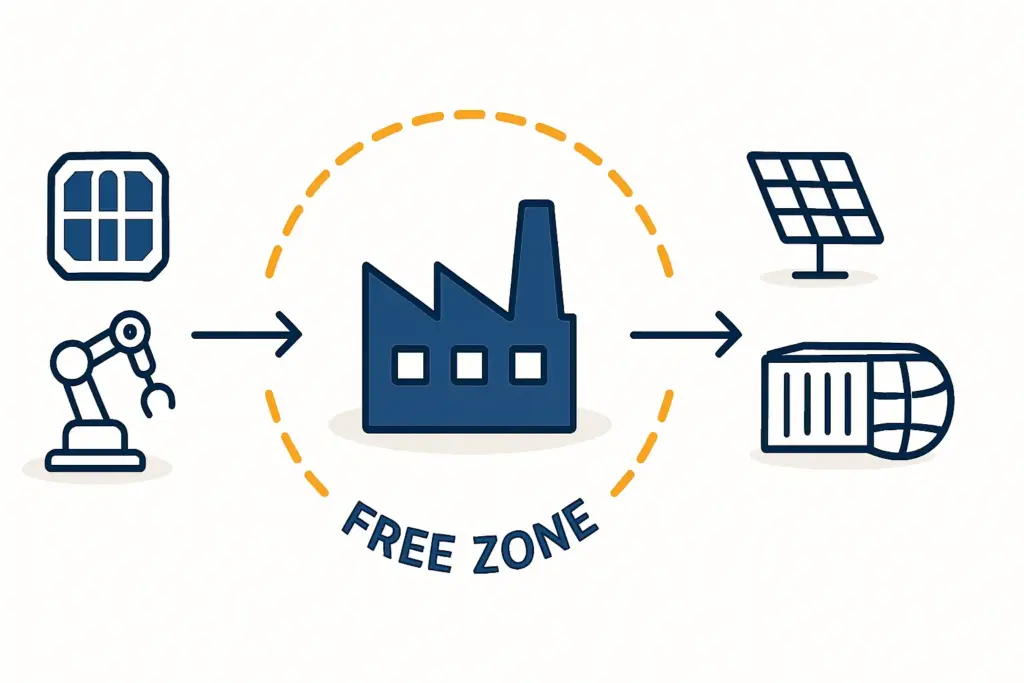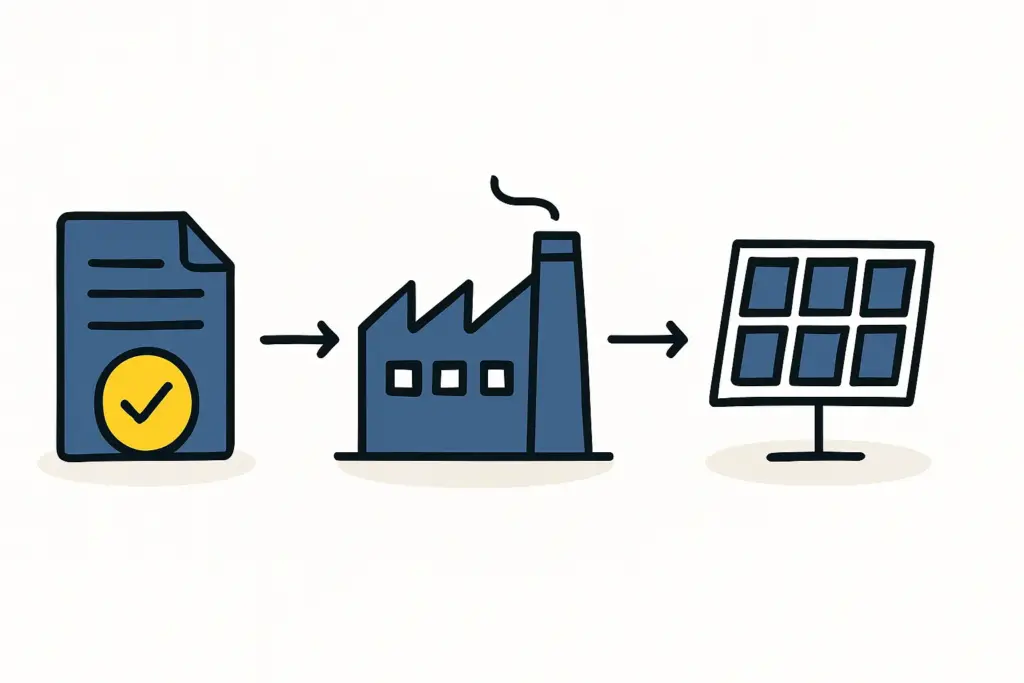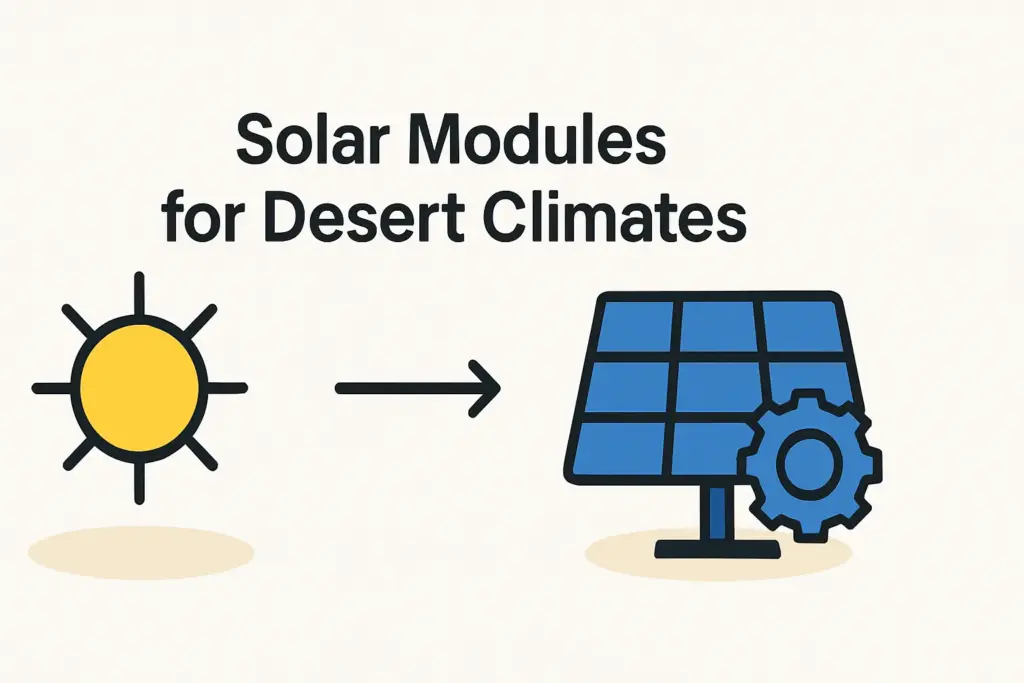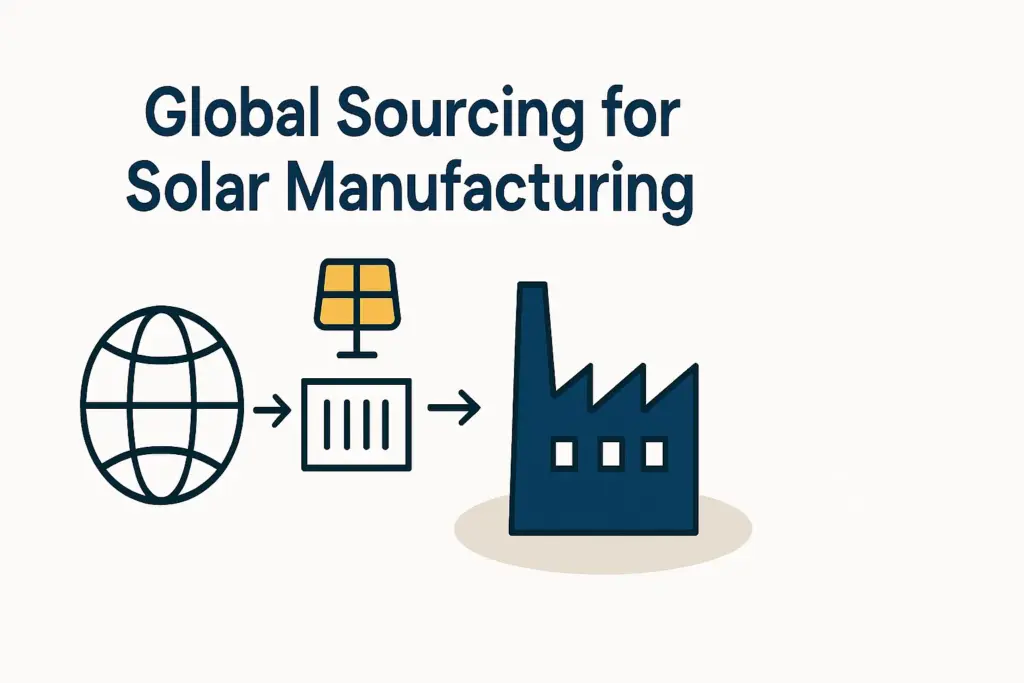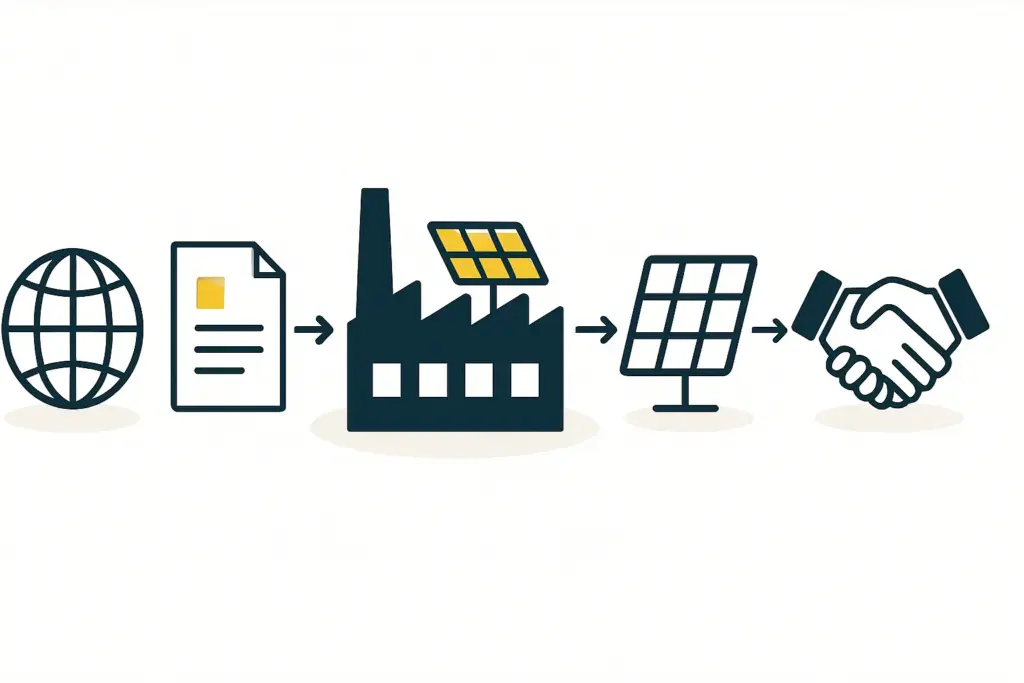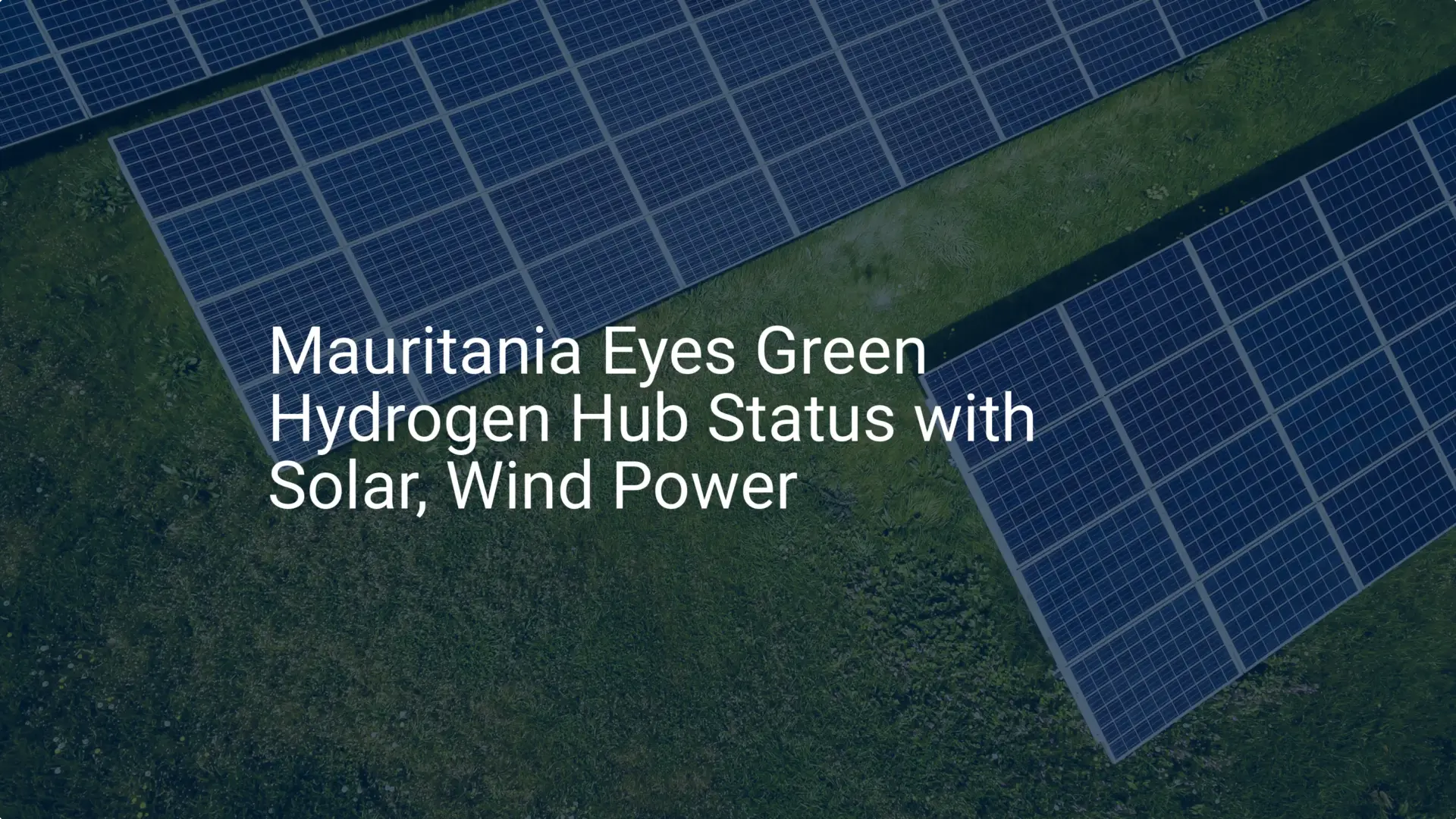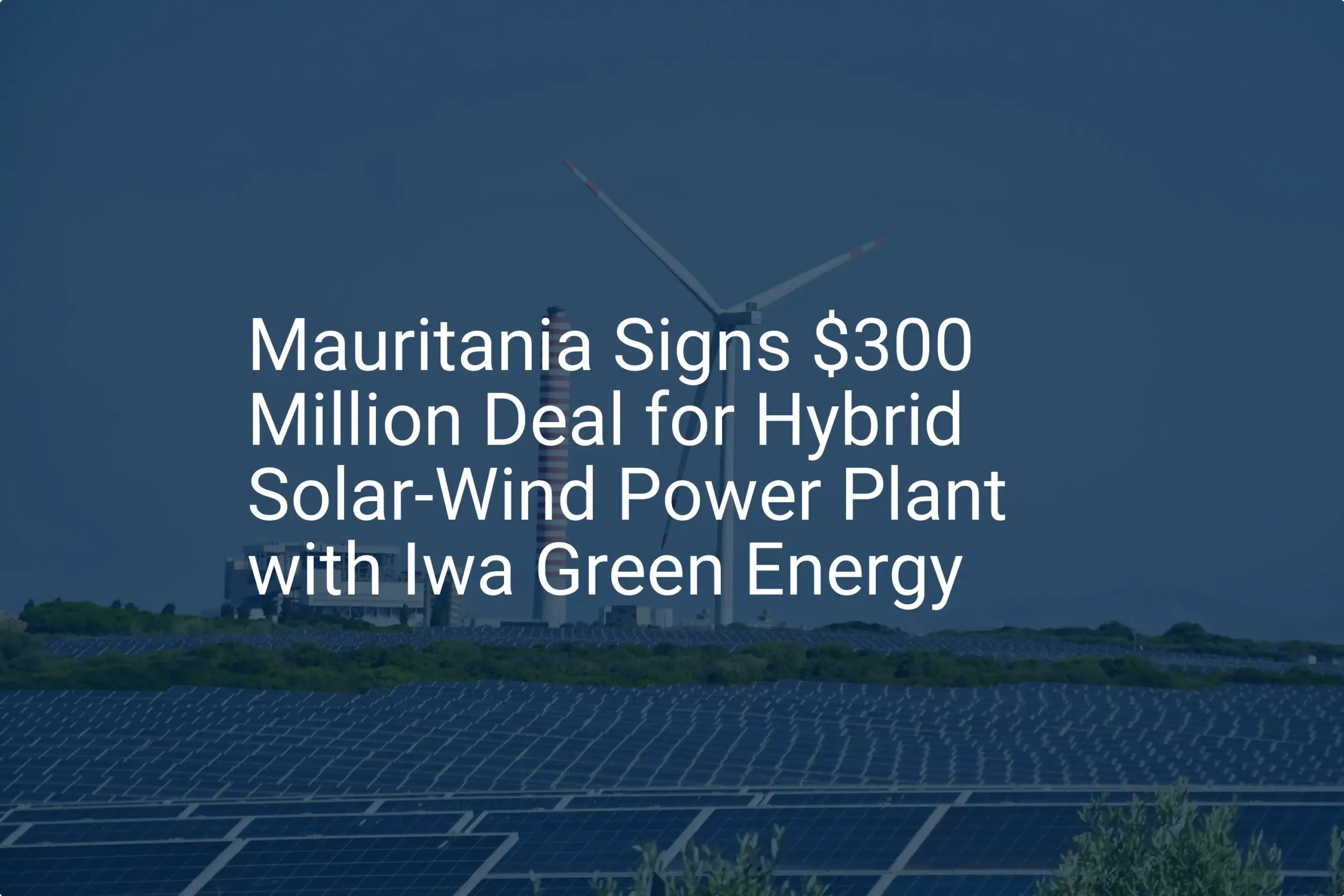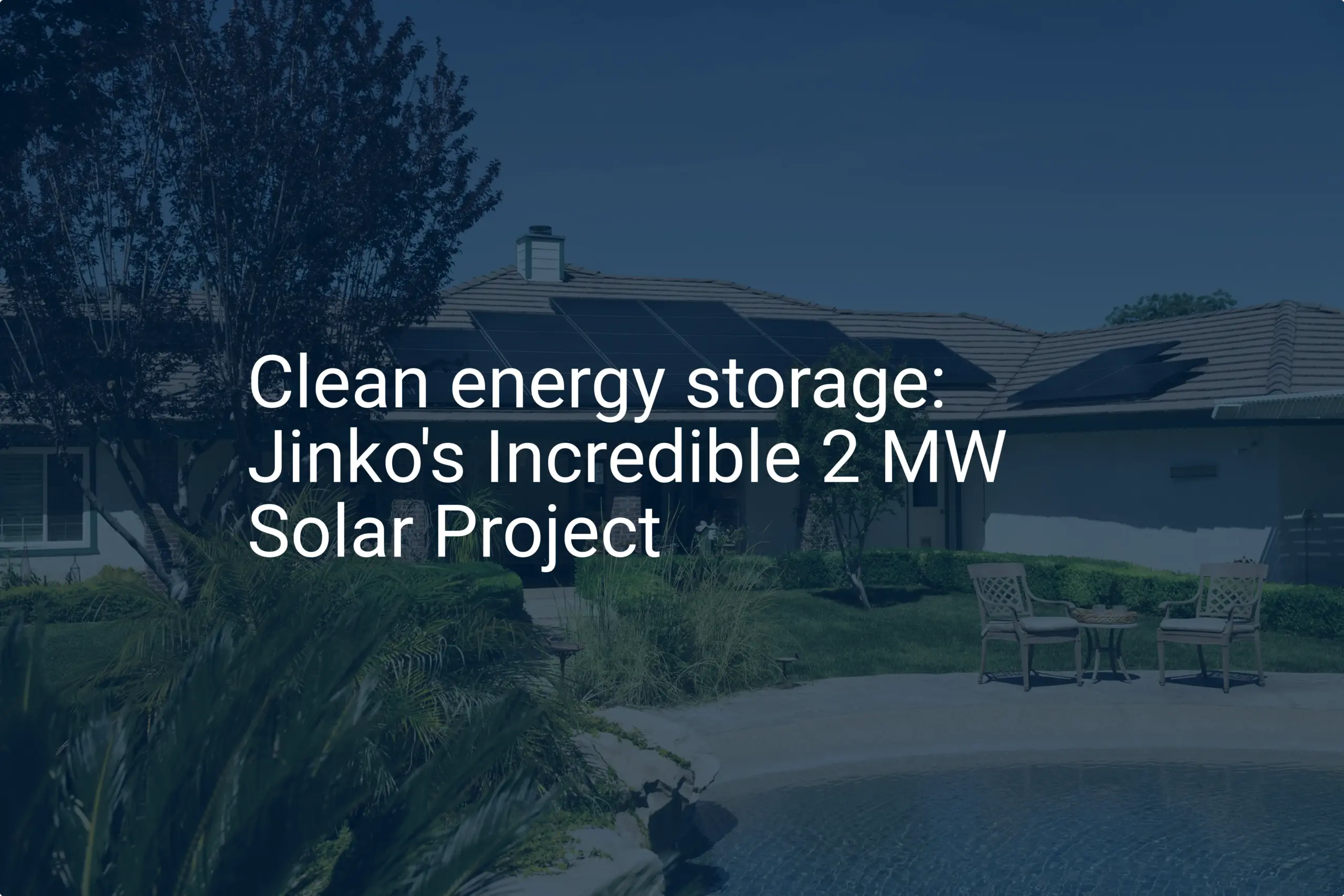Discover comprehensive insights into the statistics, market trends, and growth potential surrounding the solar panel manufacturing industry in Mauritania
- Climate Top (n.d.). Sunshine & Daylight Hours in Nouakchott, Mauritania. Retrieved October 31, 2024, from https://www.climate.top/mauritania/nouakchott/sunlight/
- International Renewable Energy Agency (2024, July 31). Energy profile – Mauritania. Retrieved October 31, 2024, from https://www.irena.org/-/media/Files/IRENA/Agency/Statistics/Statistical_Profiles/Africa/Mauritania_Africa_RE_SP.pdf
- Global Climatoscope (2023, March). Mauritania. Retrieved October 31, 2024, from https://www.global-climatescope.org/markets/mr/
- ESI Africa (2023, November 20). Mini-grid electrification for rural energy access in Mauritania. Retrieved October 31, 2024, from https://www.esi-africa.com/finance-and-policy/mini-grid-electrification-for-rural-energy-access-in-mauritania/
- The Sustainable Energy Fund for Africa (SEFA) (2019, October). Mini-Grid Market Opportunity Assessment: Mauritania. Retrieved October 31, 2024, from https://greenminigrid.afdb.org/sites/default/files/mauritania_gmg_final.pdf
- Energy Capital & Power (2024, September 16). Mauritania – Mali electricity interconnection project set to power Sahel region. Retrieved October 31, 2024, from https://energycapitalpower.com/mauritania-mali-electricity-interconnection-project-set-to-power-sahel-region/
- International Renewable Energy Agency (2024). Renewable energy statistics 2024. Retrieved October 31, 2024, from https://www.irena.org/-/media/Files/IRENA/Agency/Publication/2024/Jul/IRENA_Renewable_Energy_Statistics_2024.pdf
- The Infrastructure Consortium of Africa (ICA) (2022). Top 5 Green Energy Projects to Watch in Mauritania. Retrieved October 31, 2024, from https://www.icafrica.org/en/knowledge-hub/article/top-5-green-energy-projects-to-watch-in-mauritania-369/
- International Energy Agency (2023, November). Renewable Energy Opportunities for Mauritania. Retrieved October 31, 2024, from https://iea.blob.core.windows.net/assets/64c7f915-a7a2-4ede-a971-89e1203c3bf6/RenewableenergyopportunitiesforMauritania.pdf
- Enerdata (2024, March). Mauritania energy report. Retrieved October 31, 2024, from https://www.enerdata.net/estore/country-profiles/mauritania.html
- Mauritania Energy (n.d.). Solar Energy potential and projects in Mauritania. Retrieved October 31, 2024, from https://mauritaniaenergy.com/?page_id=1498
- Africa News (2024, August 13). Mauritania explores its renewable energy potential. Retrieved October 31, 2024, from https://www.africanews.com/2022/01/10/mauritania-explores-its-renewable-energy-potential/
- Crisis 24 (2019, October 11). Mauritania: Blackouts reported in Nouakchott October 8-9. Retrieved October 31, 2024, from https://crisis24.garda.com/alerts/2019/10/mauritania-blackouts-reported-in-nouakchott-october-8-9
- Open infra map (n.d.). Mauritania – power plants. Retrieved October 31, 2024, from https://openinframap.org/stats/area/Mauritania/plants?source=solar
- Energy Capital & Power (2023, May 8). Top 10 solar project in the MSGBC region by capacity. Retrieved October 31, 2024, from https://energycapitalpower.com/top-10-solar-project-in-the-msgbc-region-by-capacity/
- PV Magazine (2024, February 1). Mauritania secures $289.5 million for solar projects, interconnection line. Retrieved October 31, 2024, from https://www.pv-magazine.com/2024/02/01/mauritania-secures-289-5-million-for-solar-projects-interconnection-line/
- AERA Group (n.d.). Large scale grid connected solar PV Project in Toujounine. Retrieved October 31, 2024, from https://aera-group.fr/project/support-the-first-large-scale-solar-power-plant-in-mauritania/
- African Development Bank Group (2024, January 26). Mauritania: Over $289 million in financing to develop solar power generation and transmission and accelerate energy transition. Retrieved October 31, 2024, from https://www.afdb.org/en/news-and-events/press-releases/mauritania-over-289-million-financing-develop-solar-power-generation-and-transmission-and-accelerate-energy-transition-68190
- Salary Explorer (n.d.). Average Salary in Mauritania 2024. Retrieved October 31, 2024, from https://www.salaryexplorer.com/average-salary-wage-comparison-mauritania-c136
- World salaries (n.d.). Average Solar Energy Installation Manager Salary in Mauritania for 2024. Retrieved October 31, 2024, from https://worldsalaries.com/average-solar-energy-installation-manager-salary-in-mauritania/
- World salaries (n.d.). Average Solar Energy Systems Engineer Salary in Mauritania for 2024. Retrieved October 31, 2024, from https://worldsalaries.com/average-solar-energy-systems-engineer-salary-in-mauritania/
- Average Solar Photovoltaic Installer Salary in Mauritania for 2024. Retrieved October 31, 2024, from https://worldsalaries.com/average-solar-energy-systems-engineer-salary-in-mauritania/
- Worldometers (n.d.). Mauritania population. Retrieved October 31, 2024, from https://www.worldometers.info/world-population/mauritania-population/
- Mediasova (n.d.). Real Estate Nouakchott. Retrieved October 31, 2024, from https://dom.mediasova.com/en/mauritania/1
- Statista (2024, March). Electricity prices for businesses in Africa as of September 2023, by country. Retrieved October 31, 2024, from https://www.statista.com/statistics/1277621/electricity-prices-for-businesses-in-africa-by-country/
- Global Commission on the Economics of water (2023, February). Technical report – Water Pricing, Costs and Markets. Retrieved October 31, 2024, from https://watercommission.org/wp-content/uploads/2023/03/Wheeler.pdf
- Statista (2024, September). Non-life insurances – Western Africa. Retrieved October 31, 2024, from https://www.statista.com/outlook/fmo/insurances/non-life-insurances/western-africa
- Extractive Industry Transparency Initiative (2022). Pathways to energy transition Mauritania. Retrieved October 31, 2024, from https://eiti.org/sites/default/files/2022-04/Mauritania%20Energy%20Transition%20Factsheet%20EN.pdf
- Mauritanides (n.d.). Ministry of Petroleum, Mines and Energy. Retrieved October 31, 2024, from https://www.mauritanidesmr.com/partners/ministry-of-petroleum,-mines-and-energy
- Mauritania energy (n.d.). Explore the energy potentials and investment opportunities in Mauritania. Retrieved October 31, 2024, from https://mauritaniaenergy.com/
- The net zero circle (2024, September 14). Mauritania’s Parliament Approves Green Hydrogen Code. Retrieved October 31, 2024, from https://www.netzerocircle.org/news/mauritanias-parliament-approves-green-hydrogen-code
- ESI Africa (2024, January 30). Mauritania: Energy projects geared toward 2030 electricity-for-all plan. Retrieved October 31, 2024, from https://www.esi-africa.com/renewable-energy/mauritania-energy-projects-geared-toward-2030-electricity-for-all-plan/
- Energy Capital & Power (2023, December 7). AMEA power to develop solar, wind, and green hydrogen in Mauritania. Retrieved October 31, 2024, from https://energycapitalpower.com/amea-power-to-develop-solar-wind-green-hydrogen-in-mauritania/
- The Borgen project (2023, August 7). Solar Energy in Mauritania. Retrieved October 31, 2024, from https://borgenproject.org/solar-energy-in-mauritania/
- ENF Solar (n.d.). Solar System Installers in Mauritania. Retrieved October 31, 2024, from https://www.enfsolar.com/directory/installer/Mauritania
- Masdar (n.d.). The Sheikh Zayed Solar Power Plant. Retrieved October 31, 2024, from https://masdar.ae/en/renewables/our-projects/the-sheikh-zayed-solar-power-plant





